Strengthening Communities to Secure Children's Right to Freedom from Violence
Concept note Programme List of participants Field visit
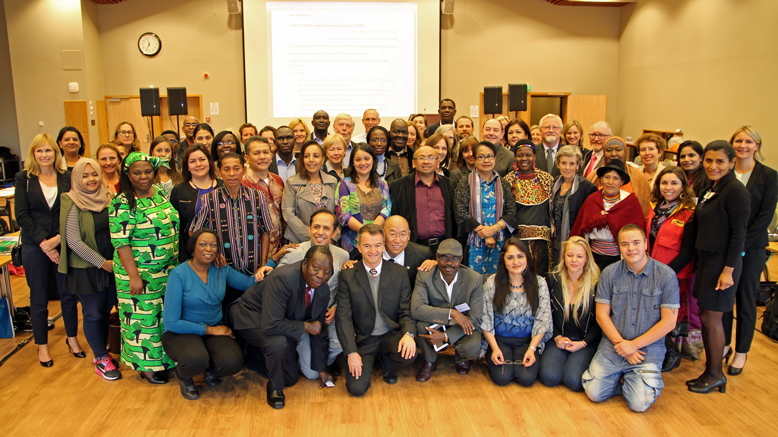
Klaekken, Norway, 3 – 4 September 2015
The Special Representative of the United Nations Secretary-General on Violence against Children in collaboration with Plan International are co-organizing an Expert Consultation on “Strengthening Communities to secure children’s right to Freedom from Violence”. The two day consultation is sponsored by the Norwegian Ministry of Foreign Affairs in Klaekken.
The Expert Consultation focuses on the critical role played by community actors in implementing effective child protection mechanisms. The Expert Consultation counts on the participation of international experts, high level Government representatives, representatives from regional organizations, United Nations, academics, civil society actors and children and young people themselves.
Presentations
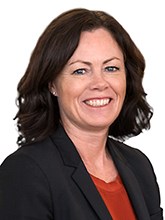 Her Excellency Ms. Solveig Horne, Minister, Norwegian Ministry of Children, Equality and Social Inclusion
Her Excellency Ms. Solveig Horne, Minister, Norwegian Ministry of Children, Equality and Social Inclusion
"Stated that our common goal should be that no children are subjected to violence. The Norwegian government wants to take part to combatting violence, nationally and globally. The CRC is implemented in Norway through the HR act. Violence is used in upbringing in many parts of the world. In Norway it is banned. Last year, on the 25th anniversary of CRC, a large conference in Norway set renewed agenda for Norway’s policy on children and families – new action plan to address violence against children." Extract from the report "Key Highlights", p. 6.
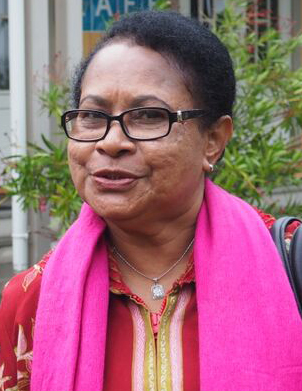 Her Excellency Minister Ms. Yohana Yambise, Minister, Ministry of Women Empowerment and Child Protection, Indonesia
Her Excellency Minister Ms. Yohana Yambise, Minister, Ministry of Women Empowerment and Child Protection, Indonesia
"Indonesia is one of the world’s most populist nations with more than 250 million inhabitants of which 33 % are children (80 million). Child Protection function is under the Ministry of Women Empowerment. Several activities involve children. In 2009 children’s rights enshrined in legal provisions including becoming part of Ministry of Women’s Empowerment. 510 women and children’s units in police stations in Indonesia. National child leaders and national consultations with children. Child friendly cities since 2006. Every municipality and village is required to establish." Extract from the report "Key Highlights", p. 6-7.
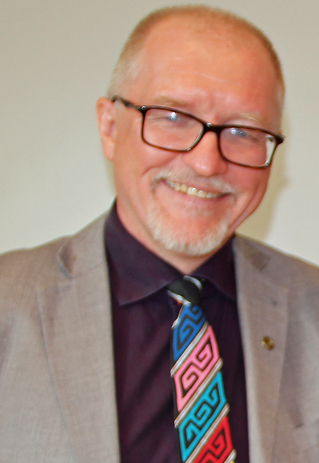
Mr. Roland Angerer, Regional Director, Region of East and South Africa, Plan International
"Roland formally welcomed the delegation on behalf of Plan International. He stated that the strategic focus areas for Plan globally are education and protection. We take a systems strengthening approach to child protection, not only focus on symptoms but also on the underlying root causes. Four areas of intervention where child protection is relevant. 1. Children themselves. 2. Family level. 3. Community level. 4. The state. Plan acknowledges CBCPMs as a tool for linking all these. These are also a tools to guarantee children’s rights." Extract from the report "Key Highlights", p. 7.
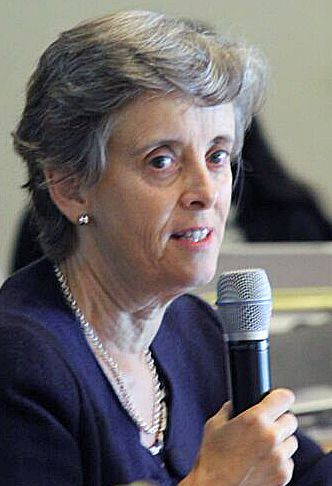
Ms. Marta Santos Pais, Special Representative of the United Nations Secretary General on Violence against Children
"Marta said that this is timely moment after the member states finalised 2030 agenda for sustainable development which we hope will be adopted formally by UN in September. Children contributed to the shaping of this agenda. More than 800,000 participated, the clear message is that violence is a major obstacle to child development. High levels of violence is affecting their lives and there is different types of violence in different areas; protection from violence needs to be a cross-cutting concern." Extract from the report "Key Highlights", p. 7.
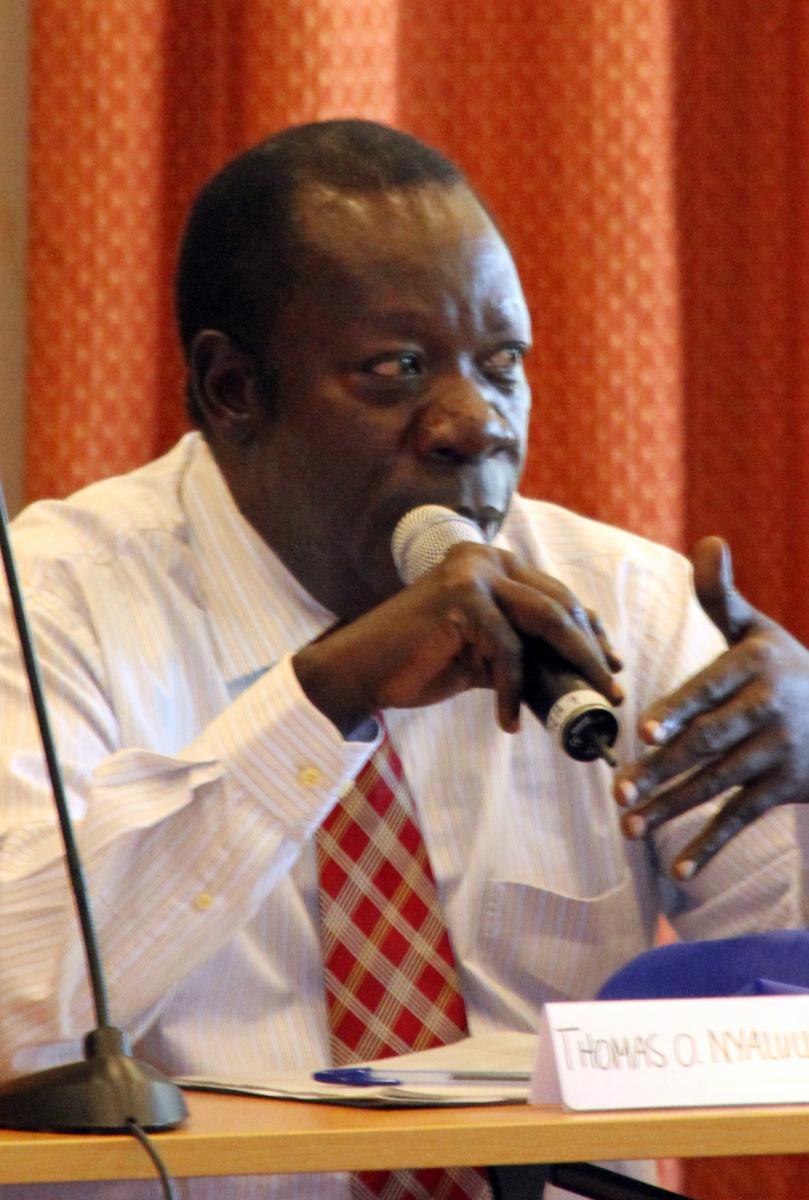 Rt. Hon. Mr. Thomas Okoth Nyalulu, Deputy Prime Minister, Tieng Adhola Cultural Institution (TACI), Uganda
Rt. Hon. Mr. Thomas Okoth Nyalulu, Deputy Prime Minister, Tieng Adhola Cultural Institution (TACI), Uganda
"Presentation on culture based causes for VAC as well as positive aspects of it. Introduction to situation in Uganda, ratified CRC in 1989 etc, child protection enshrined in national law. However VAC still remains high. He presented the challenges for such mechanisms:
- over reliance on voluntarism
- lack of defined minimum standards to guide CBCPMs
- strengthen links with national CP systems
- how to move from informal to formal system.
- tradition based CP systems". Extract from the report "Key Highlights", p. 8.
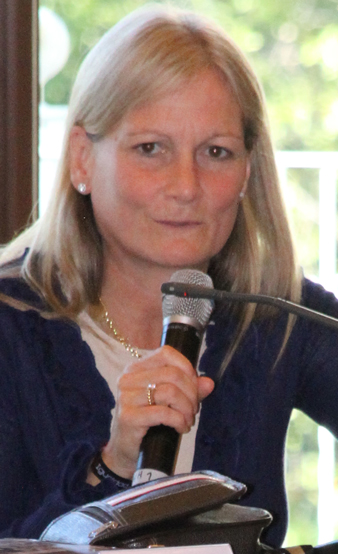 Ms. Susan Bissell - Global Child Protection Fund-Partnership to End Violence Against Children, UNICEF
Ms. Susan Bissell - Global Child Protection Fund-Partnership to End Violence Against Children, UNICEF
Presentation
"Make violence prevention a policy priority; create a virtuous cycle – measurable reductions in violence which will create political will for greater prevention and response; strengthen investment case; increase capacity to implement evidence based strategies; build a powerful movement that will work to keep children safe and in which children will themselves play a central role." Extract from the report "Key Highlights", p. 9.
Panel discussion 1
Key components and building blocks of CBCOMs
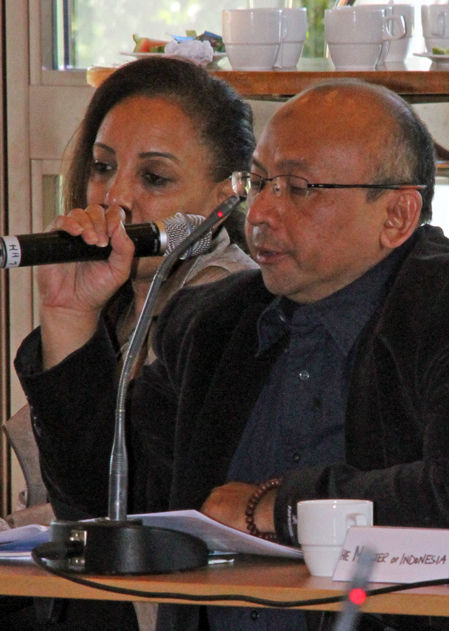 Mr. Edi Suharto, Ph.D; Director for Child Social Welfare; Ministry of Social Affairs, Indonesia
Mr. Edi Suharto, Ph.D; Director for Child Social Welfare; Ministry of Social Affairs, Indonesia
"Shared that Indonesia did national survey on VAC in 2013. He presented PKSA the Child Social Welfare Programme that was established in 2009. Describing institutional based care with capacity building; also some family based and community based approaches. Issues and challenges presented by him were inadequate database; lack of budget; regulation; inadequate social workers; institutional based services (more than 5575 childcare institutions in Indonesia even though most children have at least one parent). He explained ways of addressing these issues to improve community-based approaches." Extract from the report "Key Highlights", p. 9.
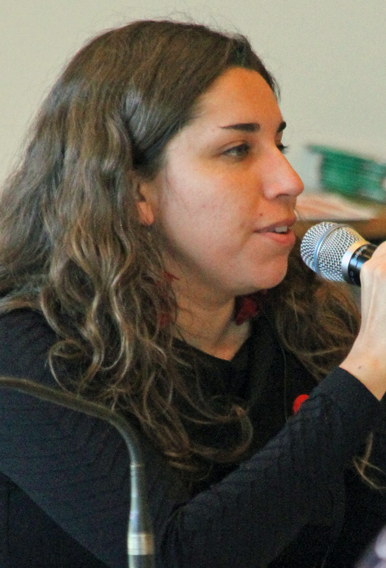 Ms. Claudia Martinez, Community Chief, Chile
Ms. Claudia Martinez, Community Chief, Chile
"Presentation ppt. in Spanish. Explained policies for protection of children in her community with children at the centre. High level of poverty and exclusion (25% of children). Model developed with the participation of children. Prevention programme includes sport and healthy lifestyles; art and culture; use abandoned spaces which become positive community spaces. Child advisory council. System of early detection of problems including school drop-out. Addressing sexual abuse – have done training of teachers. Have different centres which work together to ensure “restitution of rights”. Positive results include: sustainability, management and coordination, flexibility etc." Extract from the report "Key Highlights", p. 10.
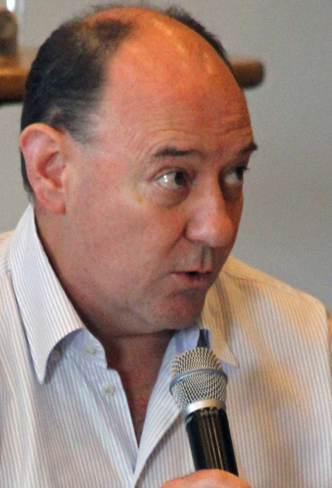 Mr. Robert Alexander Butchart; Prevention of Violence Coordinator, Management of Non communicable Diseases, Disability, Violence and Injury Prevention (NVI) WHO
Mr. Robert Alexander Butchart; Prevention of Violence Coordinator, Management of Non communicable Diseases, Disability, Violence and Injury Prevention (NVI) WHO
"He presented public health approach to addressing violence against children, focussing on evidence based approaches. Mentioned maltreatment (0-18 years) and youth violence (adolescents). Defining evidence- reviews, independent investigators, etc. Things that are easy to do often don’t have any evidence for effectiveness. Presented CDC Thrives: core strategies to prevent VAC with a number of agencies working together." Extract from the report "Key Highlights", p. 10.
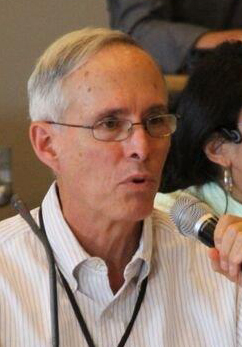 Dr. Mike Wessells Professor at Columbia University and practitioner-researcher on Community Driven Child Protection
Dr. Mike Wessells Professor at Columbia University and practitioner-researcher on Community Driven Child Protection
"Wessells presented lessons from ILI initiative in Sierra Leone. He emphasised that focus on systems and legal side is important, but the real work is in families and communities – are we doing enough to support them? List of reasons why CBCPMs matter – e.g. fill gaps, risks are prevalent at community level; reach children where they live; scale of support; support for vulnerable families; sustainability – particularly local endogenous CBCPMs; mobilise civil society. Mentioned the seven effectiveness factors and said the number one factor is community ownership. Presented dos and don’ts of community ownership. Threw out challenge to meeting – are we ready to really work from the bottom up rather than imposing solutions. Mentioned the community child protection exchange www.childprotectionforum.org." Extract from the report "Key Highlights", p. 10.
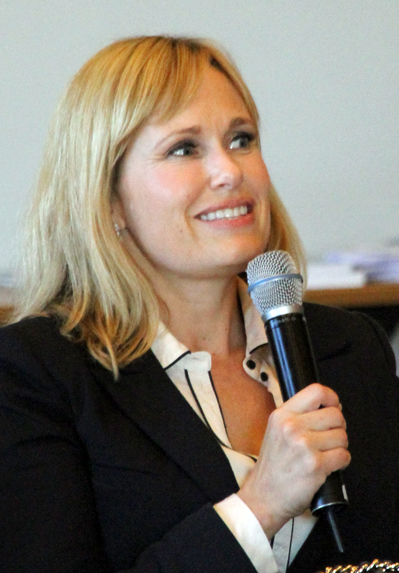
Anne Lindhoe, Ombudsperson for children, Norway
"Showed short video for children on the work, focussing on what to do in school or at home if you have problems; also explaining child rights and how children can participate themselves. National monitoring mechanism which oversees protection of child rights. Gave examples of Ombudsperson initiatives to improve the experience for children in relation to health services, family counselling services; children’s houses for vulnerable children." Extract from the report "Key Highlights", p. 11.
Panel discussion 2
Strengthening partnerships to support CBCMs
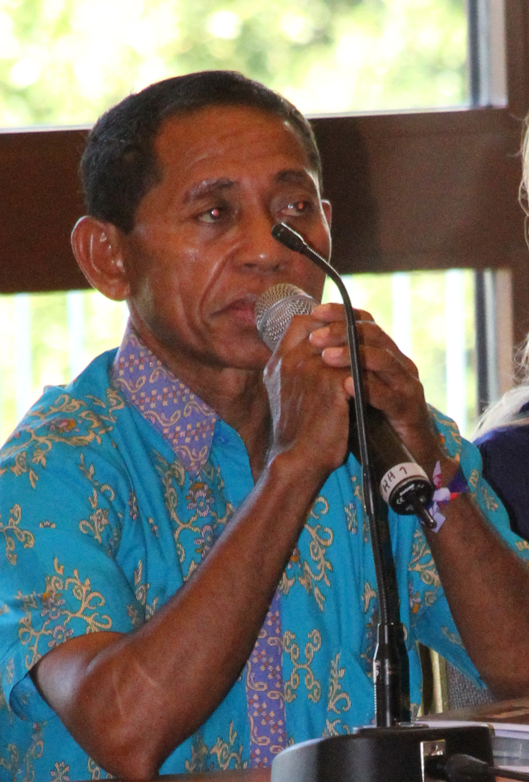 Mr. Yakobus Theodorus Kolo; CBCPM Leader; Indonesia
Mr. Yakobus Theodorus Kolo; CBCPM Leader; Indonesia
Presentation on "Partnership as the power of community based child protection mechanism in the forefront of child".
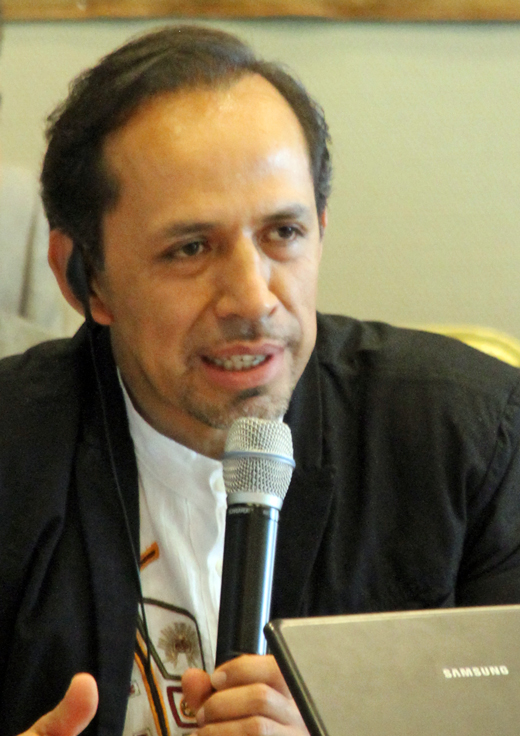 Mr. Ec. Francisco Carrión; Technical Secretary ; Consejo del Intergeneracional, Ecuador
Mr. Ec. Francisco Carrión; Technical Secretary ; Consejo del Intergeneracional, Ecuador
"Noted that we have to listen to the rights holders. We need to translate the rights into happiness. Violence rates in school and home have been reducing in Ecuador, particularly in relation to younger children. Highlighted legal provision in Ecuador related to child participation. Showed slides of integrated system for protection of rights. Mentioned community defense boards and systems for access to services. Multi-sector approach." Extract from the report "Key Highlights", p. 14.
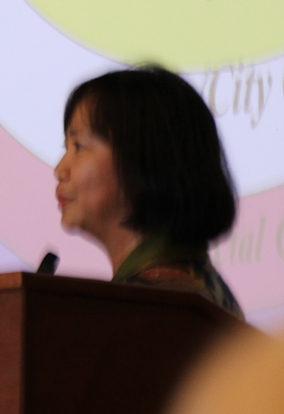 Ms. Agustina Erni Director for Violence Against Children Ministry of Women Empowerment and Child Protection, Indonesia:
Ms. Agustina Erni Director for Violence Against Children Ministry of Women Empowerment and Child Protection, Indonesia:
"Stated that community based child protection is a new concept for us. Indonesia very diverse with 34 provinces and 17,499 islands! Noted the legal bases for community participation in child protection. Intend to develop a model in 4 provinces taking account of practices from Plan, UNICEF, WV, etc. in cooperation with Women Study Center, CSO and local government. Model to include establishing coordination mechanisms, guidelines on budgeting, and cartoon for disseminating successes. Referred to 280 CBCPMs supported by Plan International in Indonesia, want to scale up good practices. Rasa summarised – importance of listening, need to collaborate, space for everyone to be involved, and importance of hope." Extract from the report "Key Highlights", p. 16.
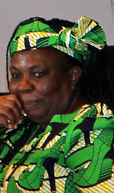 Ms. Justa Mwaituka, Executive Director at Kiota Women Health and Development Organisation, ECPAT (Tanzania Traditional Practices)
Ms. Justa Mwaituka, Executive Director at Kiota Women Health and Development Organisation, ECPAT (Tanzania Traditional Practices)
"Traditional CBCPMs in Tanzania include local chiefs, clans etc. Often integrated into national CP system. Use community mechanism such as Most Vulnerable Children Committees to reach out to local communities. There are 132 tribes in Tanzania."
Extract from the report "Key Highlights", p. 15.
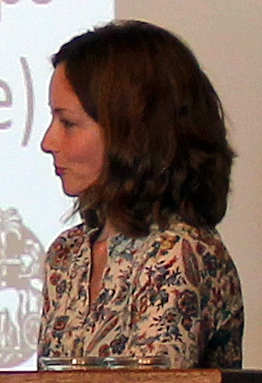 Dr. Karen Devries BSc PhD; Senior Lecturer in Social Epidemiology/researcher; London School of Hygiene and Tropical Medicine (Children with Disabilities and Child Protection Research)
Dr. Karen Devries BSc PhD; Senior Lecturer in Social Epidemiology/researcher; London School of Hygiene and Tropical Medicine (Children with Disabilities and Child Protection Research)
"Most data related to children with disabilities is from high income countries. Children with disabilities are less likely to attend school, but most do. Has some data from Uganda - overall levels of violence are very high – nearly 100% - disabled children slightly more likely to experience violence. Schools intended to be the main field of intervention. Perpetrators of physical violence are often in school. Sexual violence more likely outside school. So key to address violence in schools."Extract from the report "Key Highlights", p. 15-16.
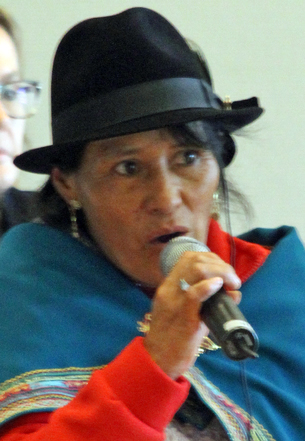 Ms. María Rosa Manobanda ; President of Committee on the Health, Equity, Gender and Rights Gobierno Autónomo Descentralizado Parroquial Rural de Simiatug, Ecuador: (Overcoming non-discrimination and gender stereotypes)
Ms. María Rosa Manobanda ; President of Committee on the Health, Equity, Gender and Rights Gobierno Autónomo Descentralizado Parroquial Rural de Simiatug, Ecuador: (Overcoming non-discrimination and gender stereotypes)
"Mostly indigenous population with own traditions and customs. 7 out of 10 children suffer from forms of abuse. Showed system of community based child protection mechanism in 20 communities. Involves training front line volunteers who pass on the information." Extract from the report "Key Highlights", p. 15.
Day 2
Panel discussion 3
The role of the justice system, including informal justice and traditional conflict resolution mechanisms
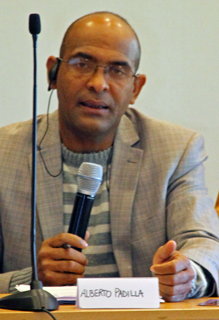 Mr. Alberto Padilla ; Head of Department of Policies and Regulations; National Council for Children and Adolescents, Government of Dominican Republic
Mr. Alberto Padilla ; Head of Department of Policies and Regulations; National Council for Children and Adolescents, Government of Dominican Republic
"Described links between formal and traditional/alternative justice systems. For local people the formal justice system is about power – issues don’t go to court as seen as too complicated and long. However in alternative justice, if violence not see as too severe then people gradually forget about it. Alternative justice is more direct and immediate – based on dialogue and mediation, focussed on avoiding repetition. Community always interested in issues to do with children. Described creation of local boards and participatory process." Extract from the report "Key Highlights", p. 18.
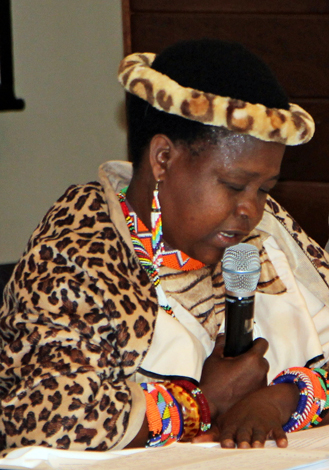 Ms. Aissatou Alassane Moulaye Sdikou ; Head of Child Protection Unit at Ministry of Social Affairs; Chair of African Committee of Experts on the Rights and Welfare of the Child ; Government of Niger
Ms. Aissatou Alassane Moulaye Sdikou ; Head of Child Protection Unit at Ministry of Social Affairs; Chair of African Committee of Experts on the Rights and Welfare of the Child ; Government of Niger
Presentation
"2008 situation analysis. National mapping 2010. Pilot project on CBCP put in place with 3 NGOs supported by UNICEF. Working with local communities looking in depth at traditional practices." Extract from the report "Key Highlights", p. 19.
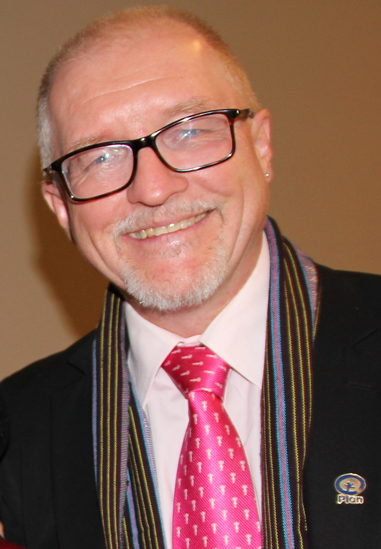 Mr. Roland Angerer, Regional Director, Region of East and South Africa, Plan International
Mr. Roland Angerer, Regional Director, Region of East and South Africa, Plan International
"Examples from E Africa. Showed slide of bodaboda taxis – often driven by young boys, community see as a threat as bad reputation including as perpetrators of sexual violence. Met with drivers, formed an association, had CP training, came up with code of conduct. Now ambassadors for CP – looking out for any CP issues in the community." Extract from the report "Key Highlights", p. 19.
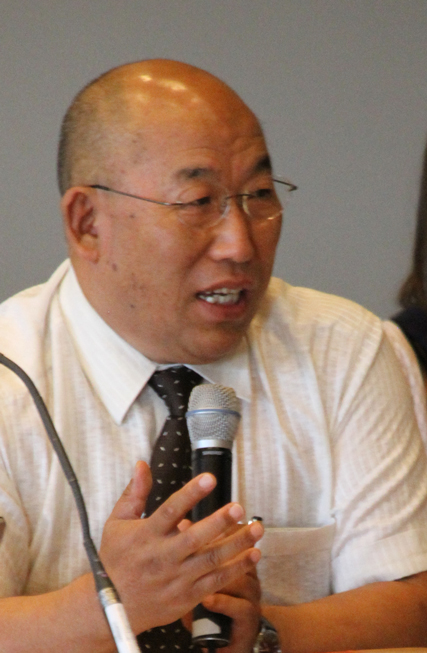 Dr. Rinchen Chophel, Director General South Asia Initiative to End Violence against Children (SAIEVAC); South Asia
Dr. Rinchen Chophel, Director General South Asia Initiative to End Violence against Children (SAIEVAC); South Asia
"Regional initiative to bring together people working together on violence against children. Started 2000. Described history and challenges of working with governments and UN system, and institutional mechanisms. Working on 5 main forms of violence such as child marriage, etc. A regional organisation with good intergovernmental contacts. Good participation of NGOs and of children."
Extract from the report "Key Highlights", p. 19.
Break-out groups
Reflection on good CBCPM practices from different countries
Group 1 – the school setting; facilitation by – Ms. Sarah Stevenson, Child Fund
Notes on the School Group Session
Group 2 – the family setting; facilitation by – Ms. Mirela Shuteriqi, Terre Des Hommes International Federation
Group 3 – the community setting; facilitation by Ms. Mary Robinson Independent Expert, Global Child Protection Services
Group 4 – the national and international level; the Sustainable Development Goals agenda; facilitation by Ms. Tamara Tutnjevic, Senior Policy Adviser Child Protection, World Vision International
Key conclusions from the expert consultation and way forward
Discussion in plenary
Moderated by Dr. Mike Wessells
Presentation of Plan’s study and Launch of the Global Practice Guidelines
Ms. Nidhi Pundhir, Global Advisor, Child Protection in Development, Plan International
Closing
Strategic follow-up of the expert consultation
Ms. Marta Santos Pais, Special Representative of the Secretary-General on Violence against Children
Additional reference material
Annual Report Special Representative of the Secretary-General on Violence against Children (A/70/289)
Joint report of the Special Rapporteur on the sale of children, child prostitution and child pornography and the Special Representative of the Secretary-General on Violence against Children (A/HRC/16/56)
Special Representative of the Secretary-General on Violence against Children Global Survey -Toward a world free from violence Download
Special Representative of the Secretary-General on Violence against Children publication - Why children's protection should be at the heart of the post 2015 development agenda Download
Documentary "Malawi: Community action on child protection" by Plan International
Report with key highlights from the expert consultation Download
Reference material from Plan International

